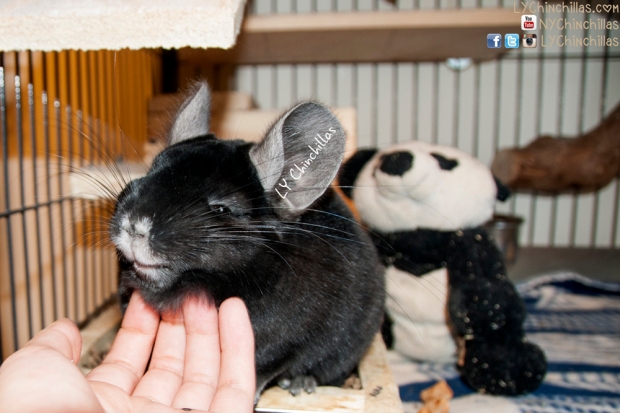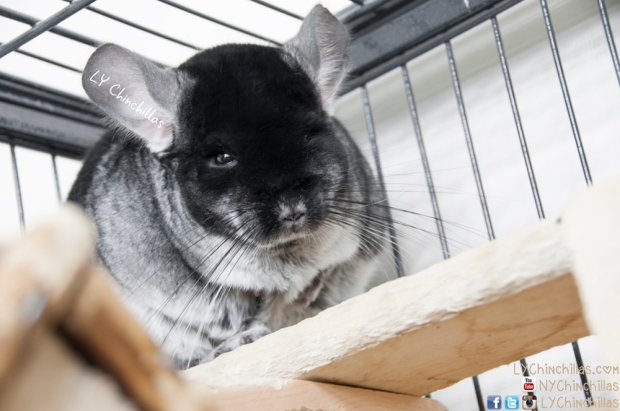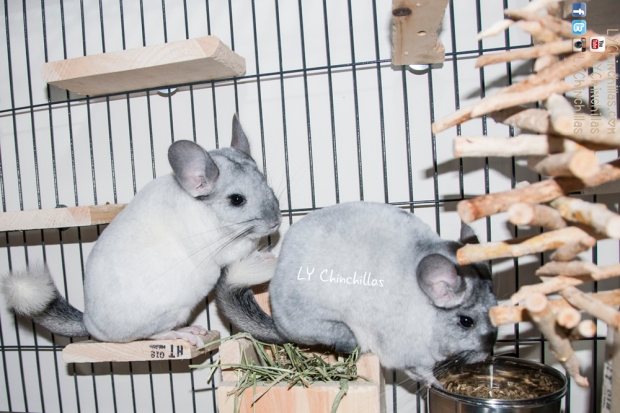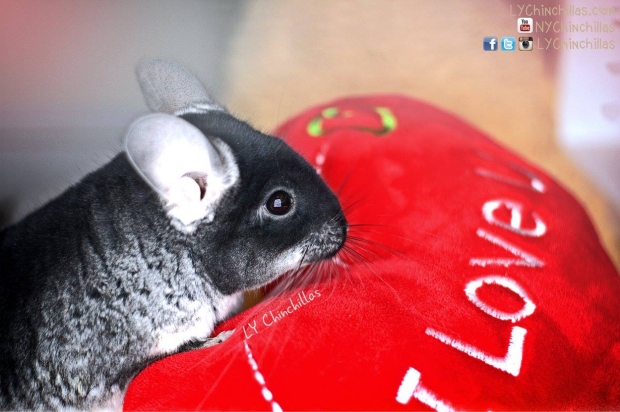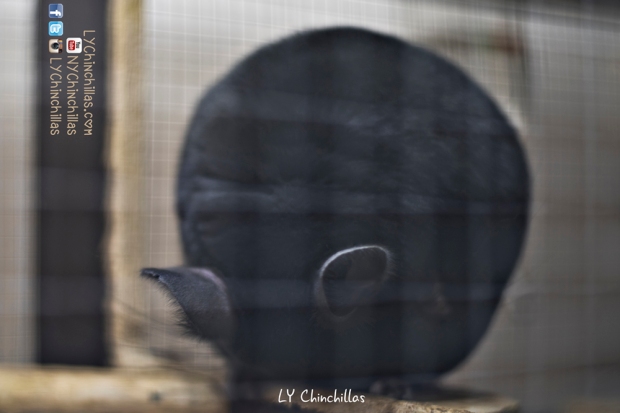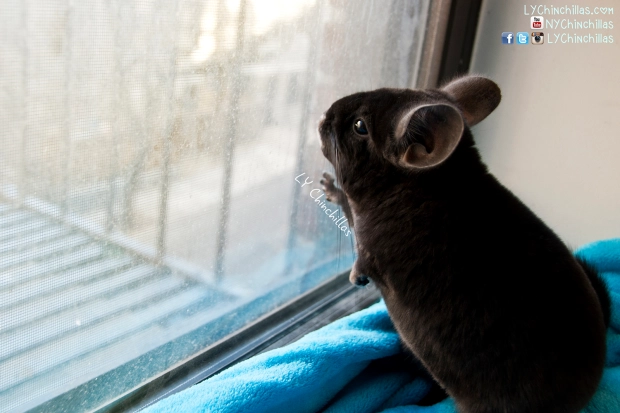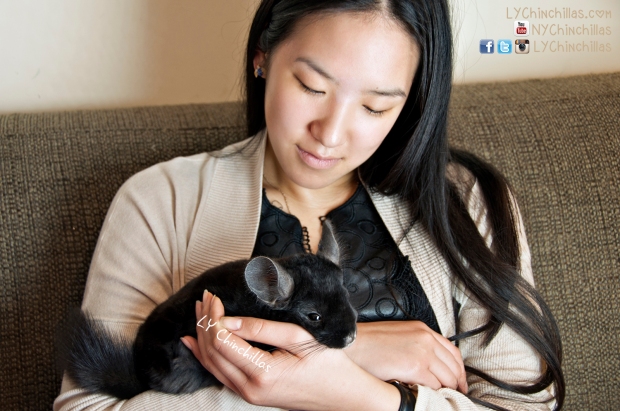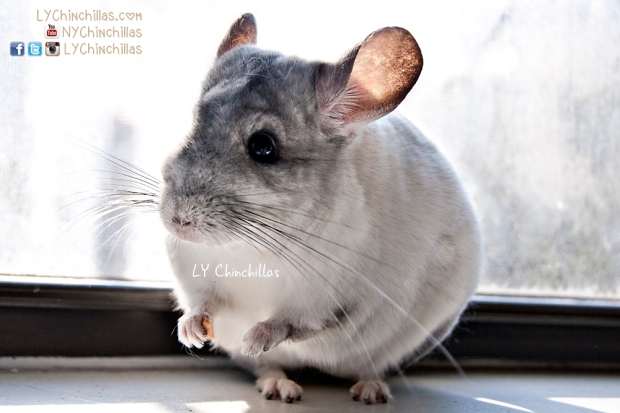When it comes to chinchilla care, all owners understand – or will eventually come to understand – the negative risk associated with plastic consumption. It’s too easy to turn a blind eye to this issue, as pet stores and manufacturers across the world push its occupants towards plastic for an obvious profit. It’s cheap, easy to produce en masse, and nearly indestructible – except when it comes in contact with a determined set of chinchilla chompers. Today, I’m raising my digital paws to the sky and asking all chinchilla owners to please – for the love of fluff – switch to a chinchilla-safe wood alternative.

Plastic consumption can cause blockage or impaction in a chinchilla’s digestive system, causing discomfort, pain, or even death. Sure, we’ve all had experiences of miraculous chinchilla digestion: for example, Muff, why are you drawn to chewing fabric? Why does it enchant you so? Why must I chinchilla-proof my outfit before handling you? 😉 I will say that my chinchillas have had their share of quirks and unsafe behaviors, but their mishaps are always recognized, seriously addressed, and prevented until the behavior is eventually resolved. But the simple relief of your – or my – chinchillas being safe after an unsafe behavior is no indication of future success. Yes, plastic can kill your chinchilla. I mean, it probably won’t, but it can. And putting your chinchilla in a potentially dangerous situation when you have the power to chinchilla-proof their living and playing space is simply unnecessary. As good owners, it is our responsibility to take the care of these fluffy lives very seriously and get rid of the plastic.
But how can we go on? How do we really live in an affordable manner without plastic? I mentioned in my Ferret Nation post that when it comes to cost-effective production, the small animal industry too often turns to plastic. Outside of cage fabricators, there are also major manufacturers pushing cheap dust houses, running wheels, litter boxes, hideaways, water bottles – plastic, plastic, plastic. As small of a media sector as there is for the small animal community, we need to stop listening to the part of it that is telling us to put perceived low cost and ease of purchase over the health and well-being of our animals.

The answer is, we need to shop differently and stop the flow of plastic consumption. Stop by Home Depot or a lumber supply, grab some cheap kiln-dried wood, screws and washers, and learn to make some simple things for your chins. And yes, it is actually cheap – as cheap or cheaper than plastic, and far more healthy both in the interim and long-term. Another DIY option is to cover plastic items tightly in fleece, a safe way to modify existing plastic items. A great way to think about improving your chinchilla’s environment is to look at the process as a positive bonding experience – a way for you to give your energy to your fluffy child in a way that they can truly appreciate. As chin owners, we really don’t get to experience a silent cuddle without any signs of struggle, so watching your chinchilla enjoy their well-made home is truly an expression of appreciation for all the work that you’ve done. And yes, we know that you have done a lot of work, and the work ceases to end, especially if you’re doing a great job.

Or, a less energy-consuming alternative: find a vendor that makes safe chinchilla ledges, platforms, houses, and accessories. There are plenty of great home-spun chinchilla vendors that put a lot of work and energy into making some beautiful accents for your chinchillas so you don’t have to! I will note, however, that when energy goes down for the end user, cost will tend to rise: the cost of purchasing from these vendors is almost always at least double the cost of producing these goods yourself (although a lot of people don’t want to make the initial investment of purchasing a drill, saw, and other construction materials needed to start on projects that require energy and attention, which I also understand). But honestly, if you aren’t going to break out the tools and do it yourself, by all means – buy from these vendors. It’s a higher cost than plastic, sure – but it is invaluable for your chinchilla to have that safe, healthy environment that he or she needs. The investment is not short-term, and it’s important not to lose sight of that.

Since the chinchilla pet owning market has not really spoken out against plastic in mainstream commercial avenues (i.e. endorsed by major chinchilla-selling pet stores) most creators of chin-safe goods will be sold at a premium. The more we evolve and begin to understand the chinchilla on a national scale – their complexities, individuality, health requirements, and all the basics – will we begin the full evolution of a safer, inexpensive, more comprehensive chinchilla market that gives our fur-babies exactly what they need, at a cost that won’t break the bank.
We already do so much for our chins, the least the industry could do is recognize and proliferate the true requirements that chinchillas need so as to promote ownership that is not ignorant for a lack of preliminary information. Ignorance will continue in each and every pet kingdom, that’s just the unfortunate truth. However, we should do our best to dissuade unfit owners through education and knowledge. I know the knowledge is out there, and amazing owners and breeders contribute to the chinchilla society, but too often the contributions are laced with a high-strung attitude about best practices. Don’t get me wrong, I’m not a person without opinion, and I definitely feel that there are a great many ways how to raise a chinchilla and a great many ways how not to. But I think there needs to be an open dialogue with the community – chinchilla owning and not – about chinchilla ownership and coming to an understanding of general chinchilla needs, and having that conversation turn into a pedestal for future expansion of the industry. The lack of a centralized commercial understanding of chinchilla care – or the willingness to promote bad care in exchange for profit – is unacceptable.

For my chinchillas, I make everything out of kiln-dried pine, from litter boxes to hay feeders to ledges, platforms, and toys (toys are often made from a variety of vendor-purchased pear or apple woods). I use stainless steel bowls, glass water bottles, and metal pans with fleece covering as a replacement for the stock plastic components in my cages. But then again, I’m just one loving chinchilla owner, and I can only do so much for the community at large. Chinchilla education starts with you, learning and sharing and learning again. There’s an endless ocean of information out there, and it’s spectacular. I spend a lot of my free time reading and learning and searching for more, for the simple reason that I care about chinchillas and would like to know more. Don’t be afraid to be wrong, but always try to fix your mistakes and practice great caution before making any decisions or setting your mind to some half-fact that could negatively impact your chinchilla. Knowledge is always power: the type of power that leads to a happy chinchilla home. Also, don’t get discouraged if you can’t do everything at once: making improvements is a process that expends time, money, and energy. You learn about what works best for your chinchilla, making positive changes whenever you can.. and every step counts.
Providing a happy home is, above all else, providing a healthy home. The happiest home is an environment that allows your chinchilla to explore their personality, growth, and development in a space that fosters and caters to their safety and health. I urge all owners to get rid of plastics inside your chinchilla’s cage and replace them with delicious, crunchy, dental-health-promoting chinchilla safe woods! 🙂

Muffton sleeping like a baby in his safe wood litter box! He might not use it as he should, but enjoys it all the same!
LY Chinchillas Treat Donation
Donate healthy, delicious treats to LY Chinchillas to help keep our content going!
40.712784
-74.005941





